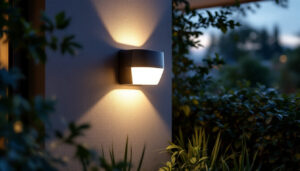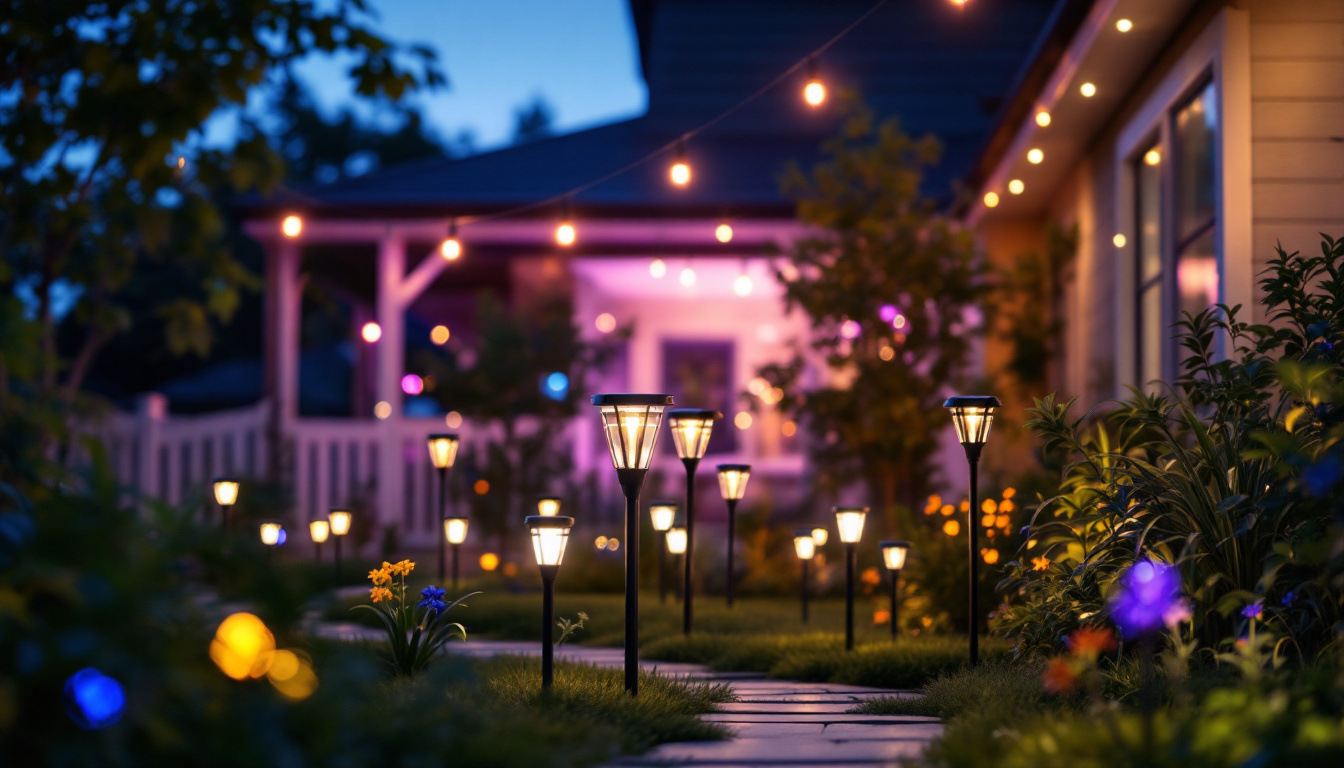

In the world of lighting design, studio ceiling lights play a crucial role in creating the perfect ambiance for various environments. Whether it’s for a professional studio, an artistic workspace, or a cozy home office, understanding how to effectively use ceiling lights can significantly enhance the quality of light and the overall aesthetic of a space. This article delves into the different types of studio ceiling lights, their applications, and how to leverage them for optimal lighting solutions.
Studio ceiling lights come in various forms, each designed to meet specific lighting needs. From recessed lights to pendant fixtures, the choice of lighting can dramatically affect the mood and functionality of a space. Understanding the characteristics of different types of ceiling lights is essential for making informed decisions that align with the intended use of the area.
There are several types of ceiling lights commonly used in studio settings. These include recessed lights, track lighting, pendant lights, and flush mounts. Each type offers unique benefits and can be used in various configurations to achieve the desired lighting effect.
Recessed lights, for example, are ideal for creating a clean and modern look. They provide a sleek appearance and can be strategically placed to highlight specific areas or features within a studio. On the other hand, track lighting offers versatility, allowing users to adjust the direction of the light to focus on particular subjects or areas. Pendant lights add a decorative touch and can serve as focal points while providing functional illumination. Additionally, flush mount lights are excellent for spaces with low ceilings, ensuring that the light source does not obstruct movement while still delivering ample brightness.
Another popular option is the chandelier, which can add a touch of elegance and sophistication to a studio. These fixtures come in various styles, from ornate designs to minimalist structures, allowing for customization based on the overall aesthetic of the space. The choice of materials, such as glass or metal, can also influence the light’s diffusion and the overall ambiance it creates.
When selecting studio ceiling lights, several key features should be taken into account. The brightness of the lights, measured in lumens, is critical for ensuring adequate illumination. Additionally, the color temperature, measured in Kelvin, influences the mood of the space. Warmer tones create a cozy atmosphere, while cooler tones can enhance focus and productivity.
Another important feature is the dimmability of the lights. Dimmable fixtures allow for greater control over the lighting levels, enabling users to adjust the ambiance based on the time of day or the specific activity taking place. Furthermore, energy efficiency should also be a consideration, as LED options can provide significant savings on energy bills while offering longevity. The installation process is another aspect to consider; some fixtures may require professional installation, while others can be easily mounted by the user, impacting both budget and time constraints.
Moreover, the placement of ceiling lights can significantly influence the overall functionality of the studio. For instance, layering different types of lighting—ambient, task, and accent—can create a well-rounded lighting scheme that caters to various activities, from photography to video production. By thoughtfully considering the arrangement of these lights, one can enhance not only the visual appeal of the studio but also its practicality, ensuring that every corner is well-lit and conducive to creativity.
Utilizing effective lighting techniques can transform a studio space into a well-lit haven for creativity and productivity. By combining different types of ceiling lights and employing various strategies, lighting contractors can create dynamic environments that cater to diverse needs.
One of the most effective techniques in studio lighting is layering. This involves using multiple light sources at different heights and angles to create depth and dimension within the space. A combination of ambient, task, and accent lighting can achieve this effect. Ambient lighting provides overall illumination, while task lighting focuses on specific areas where activities take place, such as workstations or art displays. Accent lighting, on the other hand, highlights architectural features or artwork, adding visual interest.
For instance, in a photography studio, ambient lighting can be provided by recessed ceiling lights, while task lighting can come from adjustable track lights positioned over work areas. Accent lighting can be achieved through strategically placed spotlights that highlight key elements of the studio. This layered approach ensures that the space is not only functional but also visually appealing.
Incorporating natural light into studio designs is another effective strategy. Whenever possible, positioning studio spaces near windows or skylights can enhance the overall lighting quality. Natural light not only provides an aesthetically pleasing environment but also reduces reliance on artificial lighting during the day.
However, it’s essential to manage natural light effectively to avoid harsh shadows and glare. Using sheer curtains or adjustable blinds can help diffuse sunlight, creating a softer, more flattering illumination. Additionally, combining natural light with ceiling lights can provide a balanced lighting solution throughout the day.
The selection of fixtures is a critical aspect of achieving optimal lighting in a studio. The right fixtures not only enhance the functionality of the space but also contribute to its overall design aesthetic. When selecting fixtures, consider the style, size, and placement to ensure a harmonious integration into the studio environment.
Studio ceiling lights come in a variety of styles, from sleek and modern to vintage and industrial. The chosen style should complement the overall design theme of the studio. For instance, a contemporary art studio may benefit from minimalist fixtures that provide clean lines and unobtrusive illumination, while a more eclectic space may call for unique, statement-making pendant lights.
It’s also important to consider the finish of the fixtures. Matte black, brushed nickel, and polished chrome are popular finishes that can either blend seamlessly into the ceiling or stand out as decorative elements. The finish can greatly influence the perception of light and space, so choose wisely based on the desired effect.
The size of the fixtures should be proportionate to the dimensions of the studio. Oversized fixtures can overwhelm a small space, while tiny fixtures may get lost in a larger room. A general rule of thumb is to consider the height of the ceiling and the size of the room when selecting fixtures. For instance, in a studio with high ceilings, larger pendant lights or multiple track lights can create a dramatic effect, while lower ceilings may benefit from flush mounts or recessed lights that provide effective illumination without taking up visual space.
Proper installation and positioning of ceiling lights are crucial for achieving the desired lighting effect. Even the best fixtures can fall short if not installed correctly. Here are some tips to ensure optimal placement and functionality.
The height at which ceiling lights are installed can significantly impact their effectiveness. For general lighting, fixtures should be placed at least 7 to 8 feet above the floor to avoid obstruction and ensure adequate illumination. In spaces where activities such as painting or crafting take place, lower fixtures may be appropriate to provide focused lighting.
Spacing is equally important. A common guideline for recessed lights is to space them approximately 6 to 8 feet apart, depending on the brightness of the bulbs and the height of the ceiling. This spacing helps to avoid dark spots and ensures an even distribution of light throughout the space.
For studios that require flexibility in lighting, directional lighting techniques can be advantageous. Track lighting and adjustable fixtures allow users to direct light where it is needed most. This is particularly useful in environments where activities may change frequently, such as photography studios or art workshops.
When positioning directional lights, consider the primary tasks that will be performed in the space. For example, if the studio is primarily used for photography, positioning lights to eliminate shadows and highlight subjects is essential. Experimenting with angles and distances can help achieve the best results.
Once the ideal lighting solution has been established, ongoing maintenance is crucial for ensuring optimal performance and longevity. Regular upkeep not only keeps the lights functioning effectively but also enhances the overall aesthetic of the studio.
Dust and grime can accumulate on light fixtures over time, diminishing their brightness and clarity. Regular cleaning is essential to maintain the appearance and functionality of ceiling lights. Use a soft cloth or microfiber cloth to gently wipe down fixtures, taking care to avoid harsh chemicals that could damage finishes.
Additionally, replacing burnt-out bulbs promptly is vital for maintaining consistent lighting levels. Consider using LED bulbs, which have a longer lifespan and require less frequent replacement, making maintenance easier in the long run.
As lighting technology continues to evolve, staying informed about new products and trends can provide opportunities for upgrades and adaptations. Incorporating smart lighting solutions, such as programmable fixtures or those that can be controlled via mobile devices, can enhance the functionality of a studio space.
Moreover, as the needs of a studio change, being open to reconfiguring lighting setups can lead to improved efficiency and creativity. Regularly assessing the lighting needs of the space and making adjustments as necessary can ensure that the studio remains a vibrant and inspiring environment.
Studio ceiling lights are a fundamental element in creating effective lighting solutions for various environments. By understanding the types of lights available, leveraging lighting techniques, choosing the right fixtures, and ensuring proper installation and maintenance, lighting contractors can enhance the functionality and aesthetic of any studio space. With thoughtful consideration and a keen eye for detail, achieving the perfect lighting solution is within reach, paving the way for creativity, productivity, and inspiration.
Ready to elevate your studio space with the finest lighting solutions? At LumenWholesale, we provide lighting contractors with an exceptional range of studio ceiling lights that combine quality, affordability, and convenience. Our spec-grade products are designed to meet your project’s needs without the burden of inflated markups. Enjoy the benefits of wholesale pricing, free shipping, and a selection that adheres to the highest industry standards. Don’t compromise on your lighting—choose LumenWholesale for Wholesale Lighting at the Best Value and watch your creative spaces come to life.

Discover the top-rated solar yard lights with insights from lighting contractors.

Discover why purchasing fluorescent light bulbs in bulk from local distributors might not be the best choice.

Discover the essential insights every lighting contractor needs to know about LED ceiling lights.

Discover why sourcing architectural linear lights in bulk from local distributors might not be the best choice.
Get notified when NEW deals are released.
Optimize your budget with wholesale discounts.
Only top-quality, specification-grade lighting products.
No additional costs at checkout - what you see is what you pay.
We understand the unique needs of contractors.